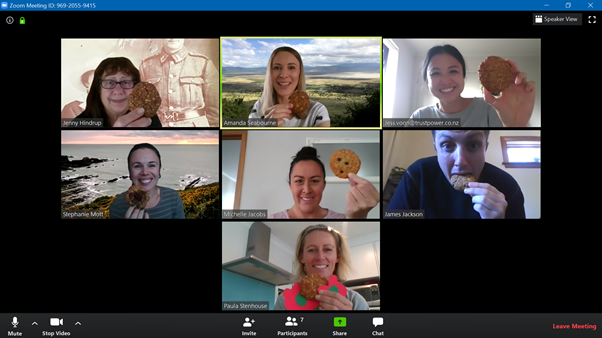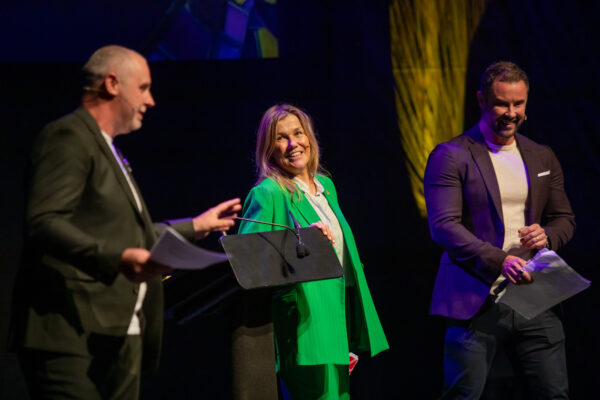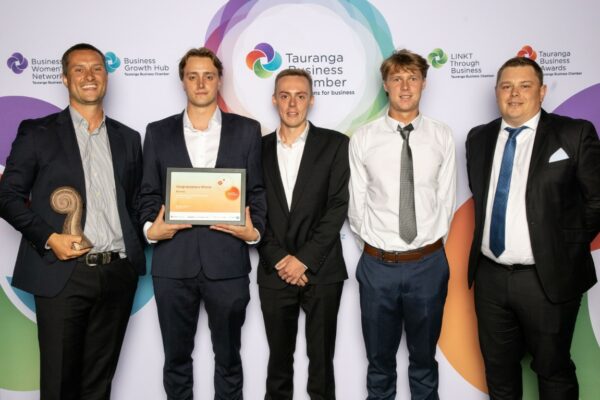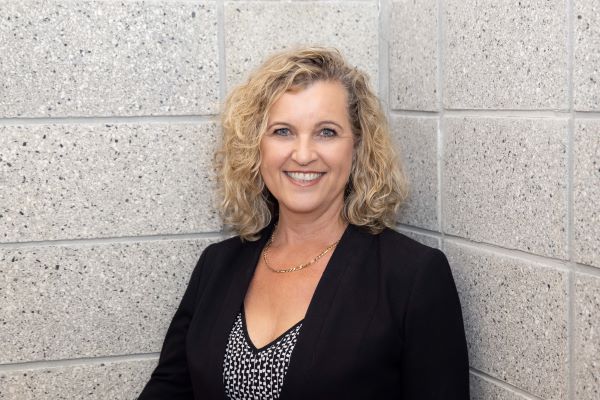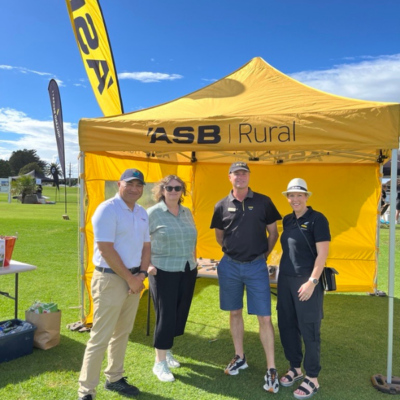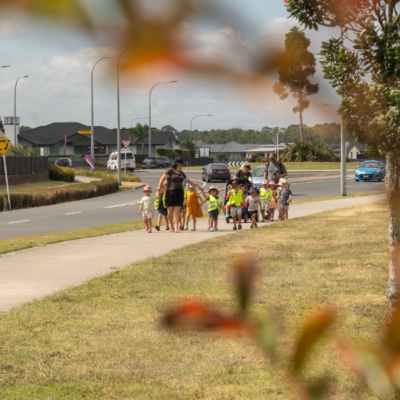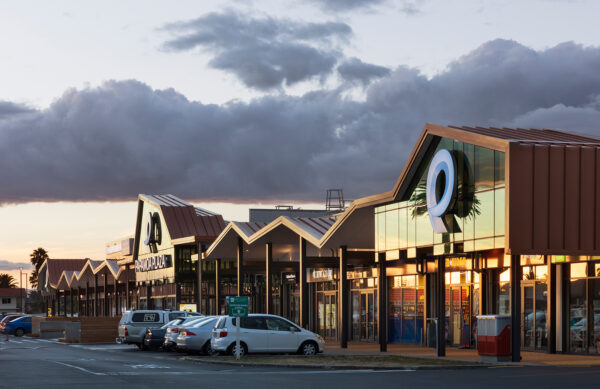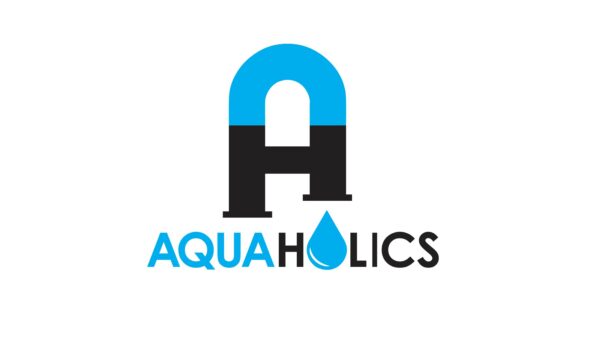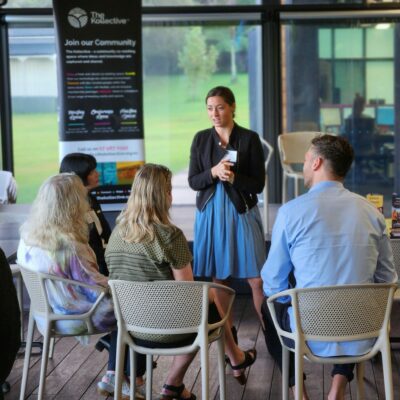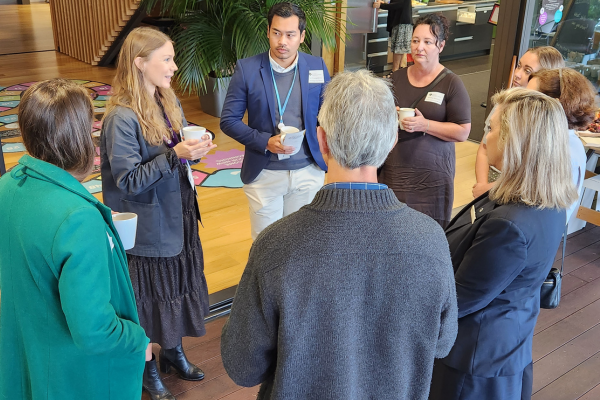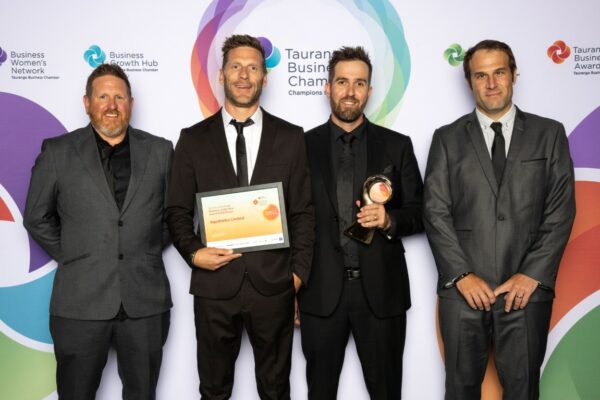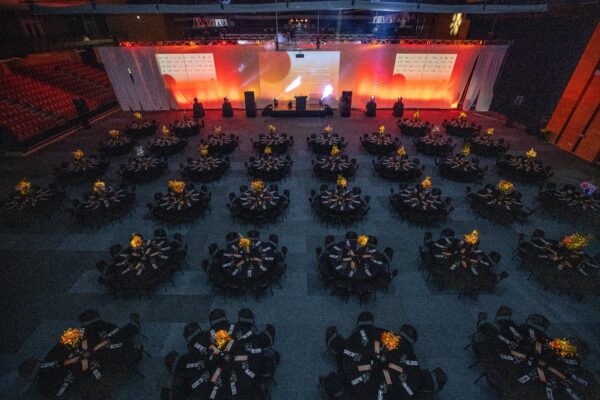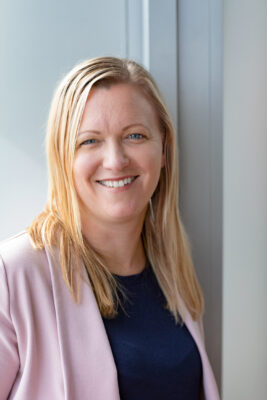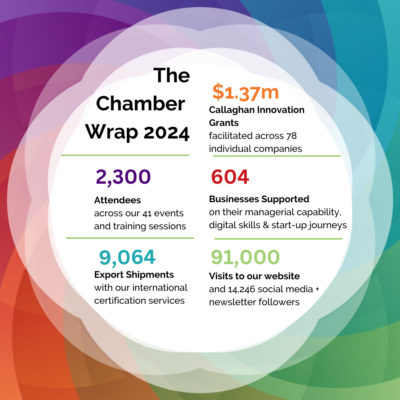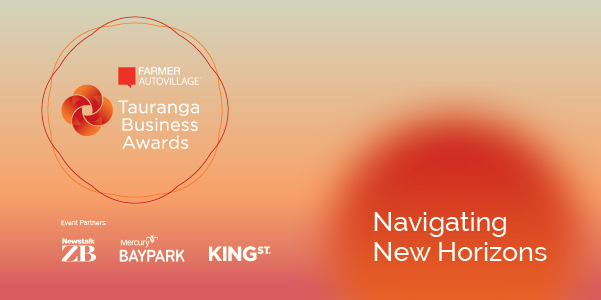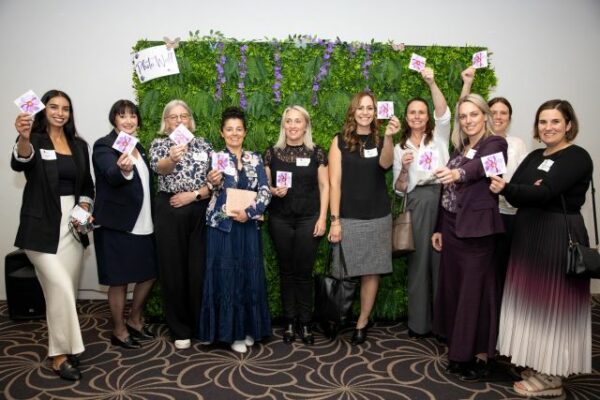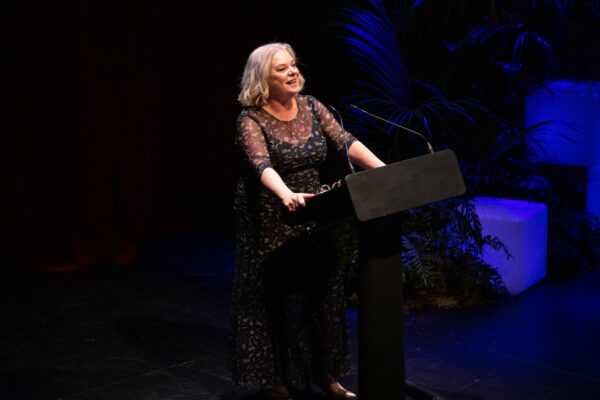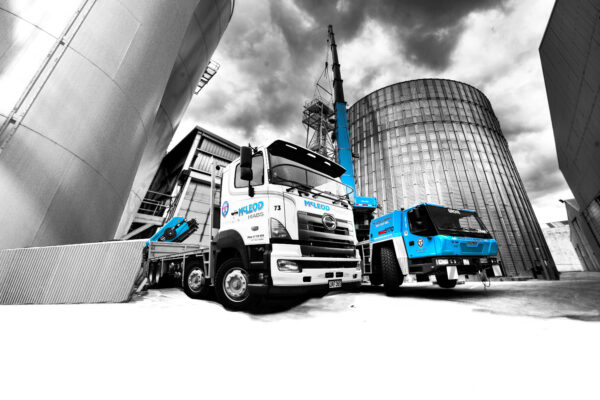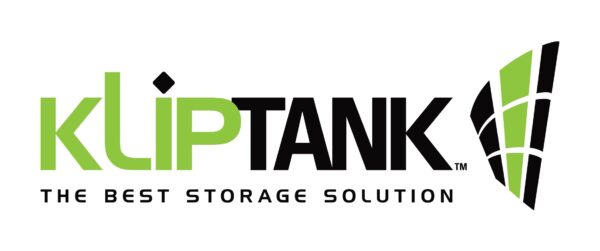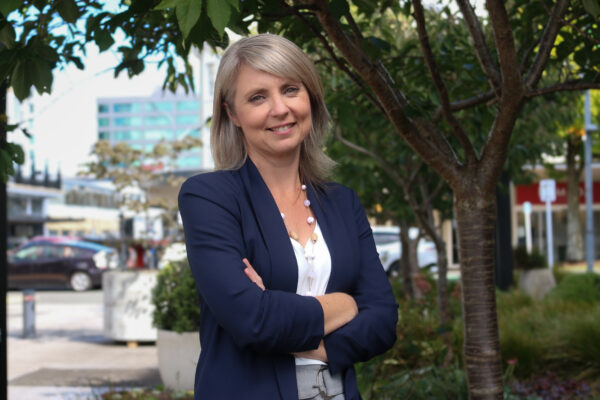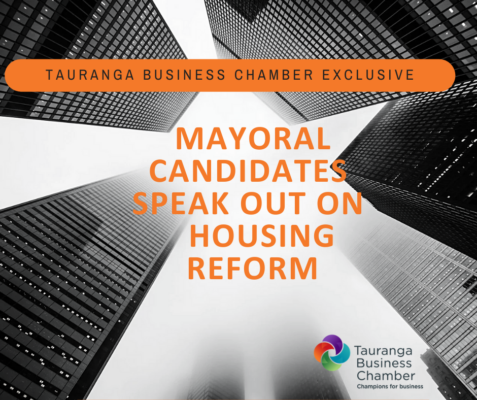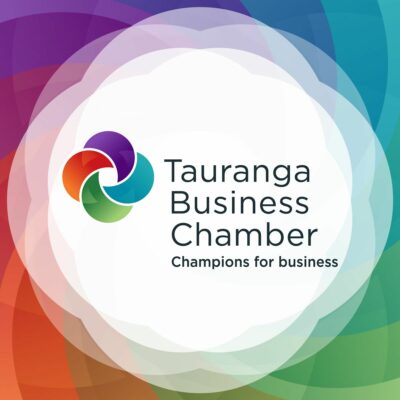How does one of the largest organisations in the region go digital? With nearly 1000 staff and thousands of customers nationwide, Trustpower has had an interesting digital enablement journey.
We asked the team to shed some light on how they made the transition and what’s in store for the future.
Before COVID-19, how was Trustpower operating in a digital sense?
As an organisation operating across electricity generation and utilities retail, we are on an ongoing journey to figure out what ‘digital’ means to us. For us it’s about understanding how we can make life easier for our people and our customers through digital solutions.
What technology / processes did you have in place to enable your workforce to be efficient and effective?
For our workforce, our ongoing investment in modern workplace technology, supported by remote work-skills capability building has been underway for several years.
Prior to the COVID-19 alert level restrictions, many of our people had already been working from home on a regular basis as an extension of our Activity Based Working (ABW) office style. This ABW style allows staff to choose a space based on the type of work they need to get done on a given day.
What about in terms of how you best service your customers?
Our customers are able to choose how they interact with us and over 70% utilise our digital channels which gives them access anytime and anywhere. From our Chatbot Toni, to our self-service app, webchat and phone line, our customers have always been able to contact us in the way that suits them best.
When lockdown happened, how did Trustpower adapt to the working from home situation? What were some of the changes you made? What were the challenges and the rewards?
Before lockdown, a group of staff had been working behind the scenes to prepare for a potential escalation of the event. This led to our Senior Leadership Team (SLT) ‘activating’ a Major Incident Team (MIT) the Friday before lockdown was announced.
The MIT’s purpose was to support the business in a time of extreme need, taking away as much of the burden as possible from key operational decision makers, and centralising incident management of the event. This was done by ensuring response and recovery processes were in place, ensuring emerging issues were identified/addressed and coordinating the oversight and reporting to the SLT. This was hugely successful in helping Trustpower adapt to working from home as efficiently as possible.
In the first three days of lockdown, 770 Trustpower staff successfully transitioned to full-time working from home, with over 80% of our customer contact centre servicing customers from home. In the customer space:
- we were one of the first retailers to stop all disconnections and credit cycles before lockdown;
- we proactively called 11,000 Medically Dependant and Vulnerable customers including our elderly customers living alone to check up on them;
- we stood up a new 0800 hardship phone queue to support those who were financially impacted by COVID-19; and
- we made numerous other changes to ensure that we could continue to support our customers.
While some of our staff were already used to occasionally working from home, we were mindful of the potential stress that full-time working from home could create.
Our People and Culture team started doing staff-wide well-being check in surveys to gain an understanding of how our people were going and how connected they were feeling both to their team and to the wider Trustpower community.
We are still doing these now, Zoom ‘catch-ups’ were also widely encouraged, and our SLT started doing monthly business wide zoom meetings to address concerns and increase feelings of connectivity – we are also still doing these now.
Working from home was experienced differently by our staff. Some struggled with the lack of social interaction, missing the office, and seeing their teams. Others probably got a bit sick of the social interaction, with suddenly having to juggle having children as their co-workers!
But we looked out for each other, ensuring to keep up the communications and helping each other out when people were not coping with their load.
While there were struggles, there were also rewards. Some teams found they became closer – not seeing each other every day by default of being in the office caused people to make more of an effort in their team catch ups. People were looking out for each other, and in turn becoming more connected. Others enjoyed the change of pace. Being forced to slow down and smell the flowers seemed very valuable to many.
Now we are out of lockdown (but still in a COVID-19 world) what are some of the learnings Trustpower has taken on board about how your workforce can operate and what are the long-term adaptations to be put in place?
Paying attention to both the challenges and rewards of lockdown, we have made a few changes to the way we operate at Trustpower.
For those that can, working from home has now become a more common extension of Activity based Working, with most of our staff now working from home at least once a couple of days per week. Because of this, we have had the opportunity to really utilise and become more familiar with zoom in the office, allowing for those that are working from home to be fully involved.
We have carried on our staff wide-well being surveys, as they give staff a chance to answer openly and anonymously about how they are feeling, and therefore provide us with useful insights and show us where we may need to make change.
Keeping up with our company wide ‘town-halls’ has also been valuable, giving our SLT a chance to communicate with and update staff, and providing staff an opportunity to ask questions in an open, safe space.
Our GM for Customer Operations, Fiona Smith, says, “Whether we work from home, or from our offices in Tauranga or Oamaru, we need to ensure we are considering our people’s needs. Some have found home isn’t the ideal work environment for them for whatever reason, and the office is preferable.
Every team has different needs and work outcomes they are paying attention to, so not all teams will adopt a single way of working either. Ensuring our teams are keeping safe and well wherever they choose to work, and that our services continue interruption free for our customers are among our many considerations.”
Another learning we have noticed is our decrease in travel. This year, we are flying at 30% of what we were flying at last year. Not only is this a huge reduction in costs, it is also a substantial decrease in our carbon emissions, and something we really want to encourage moving forward.
With the increased usage of virtual meetings, we hope that moving forward this can be an adaptation to the way we work and in our impact on our land.
What about in terms of your customer base and communicating with/servicing them and their new ways of working as well?
We continue to ensure that our services carry on interruption free for our customers, and that they have the support they need.
- We have added more phone channels that customers can use, and also updated our messaging that now promotes webchat, app, or email as a customer’s first port of call. This has led to 80% of all our customers being looked after through fully automated channels – day and night!
- We have changed all our late payment messaging and ensured customers receive a care call as part of the process to help and support those who may be adjusting their budgets post lockdown.
- We are paying attention to the anxiety moving to a new house now creates for those working from home and are ensuring this process is as stress free as possible – especially for those with Telco services.
What are some of the future plans for your physical space (if you can say at this stage)?
One of the results we have seen from our open up surveys, is that we need human connection. This means that a blended work week at home and at our sites works best to support our staff’s well-being. The benefit of already working within a space that enables you to be flexible means that we can use the space differently to suit the changing needs of our teams.
Do you think there will always be a place for a business to have a physical presence or will this slowly change?
One of the things lockdown did show us was how much we value being able to be together, and work together, when we want/need. Having a physical presence allows us a space to do this and collaborate, providing a better place to work for our people, and a better service to our customers!
